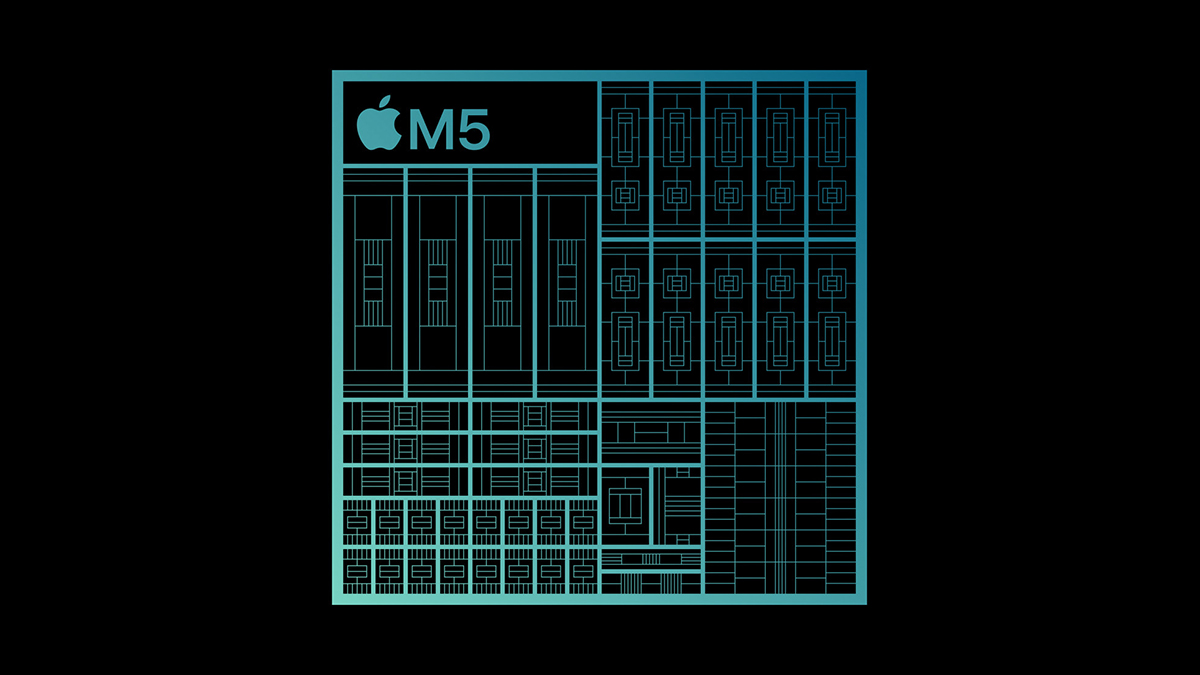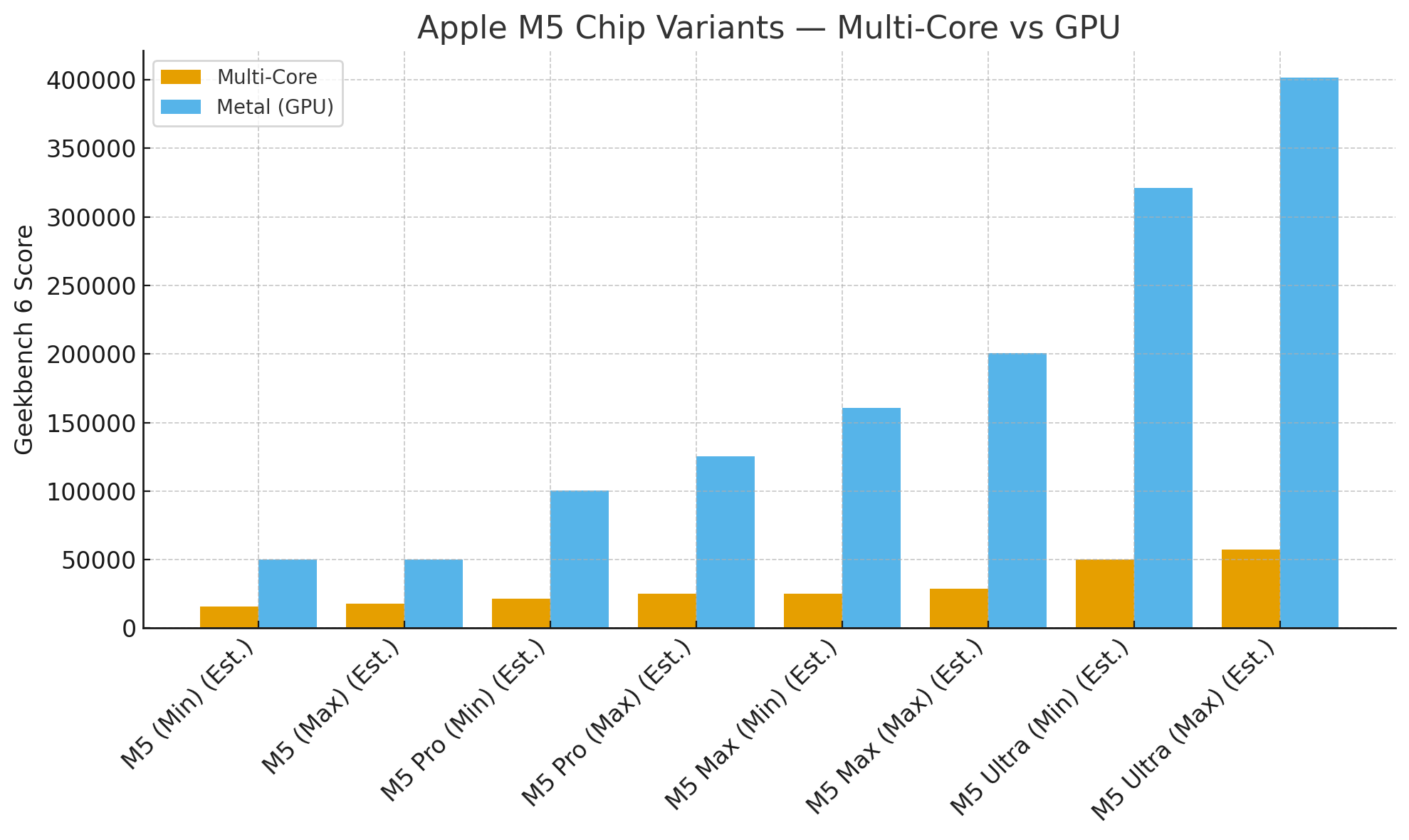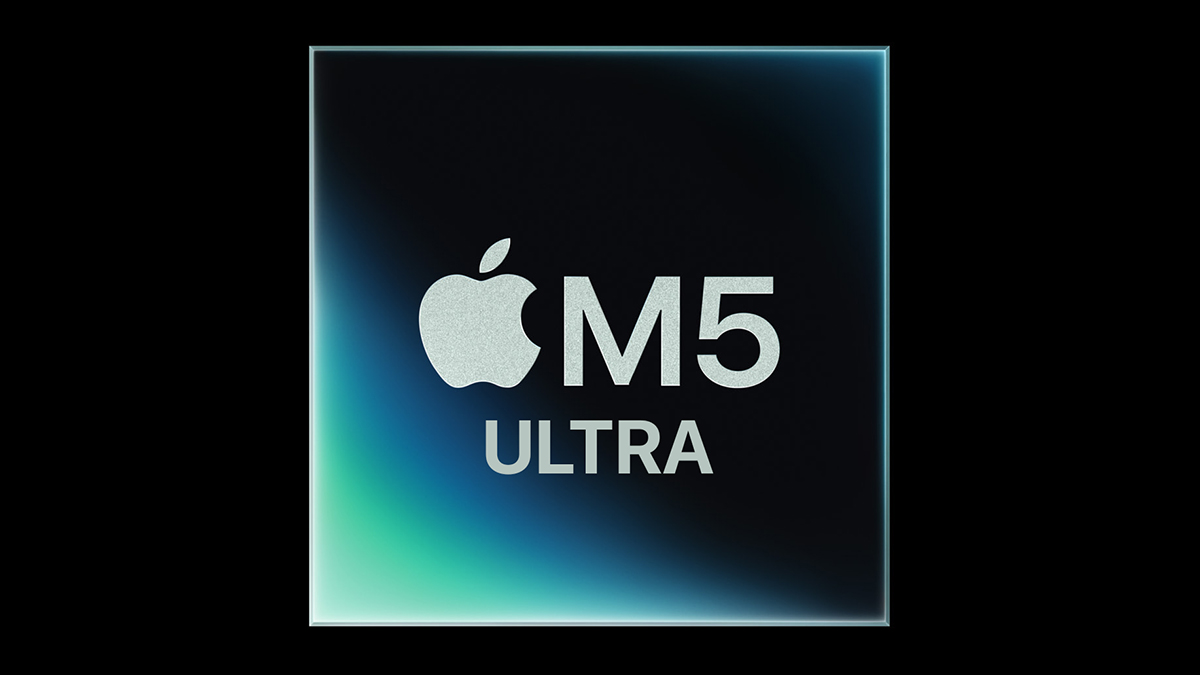Apple recently announced its new M5 chip, along with the first products powered by the hardware – a 14-inch MacBook Pro, a new iPad Pro and an upgraded Apple Vision Pro.
The M5 includes a next-gen GPU with Neural Accelerators in each of its ten cores, allowing AI computations to run directly on the graphics hardware.
The M5 GPU can deliver over four times the peak compute performance for AI compared with the M4, while improving general graphics performance by about 45 percent.
The M (R)evolution
The CPU, with up to ten cores divided between four performance and six efficiency cores, delivers around 15% faster multithreaded performance (there are actually two M5's - the 256GB and 512GB iPad Pro models use a nine-core CPU with three performance cores).
The Neural Engine keeps its 16-core design but delivers greater processing capacity, while unified memory bandwidth increases to 153GB/s - roughly 30% higher than the previous generation.
Built on third-generation 3nm technology, the M5 maintains Apple’s unified memory structure that lets the CPU, GPU, and Neural Engine share the same pool of memory, allowing data to move quickly between subsystems, cutting latency and power waste.
Frameworks such as Core ML and Metal benefit automatically from the added boost, meaning developers can see gains without changing their code.
Apple in-house processors have evolved quickly since the first M1 arrived in November 2020, and the new chip aligns perfectly with the American tech juggernaut’s current focus, where on-device Apple Intelligence plays an increasing role in tasks like image creation, LLM inference, and generative tools within apps.
These workloads now rely more heavily on the GPU and Neural Engine, both of which are more deeply integrated in M5.
But as Apple scales its silicon, cramming more cores and accelerators into compact devices such as MacBook Pro and iPad Pro, it faces inevitable thermal and power challenges.
Apple chips are efficient compared with many of its competitors, but each new generation brings smaller margins for cooling and power headroom.
This issue becomes clearer when looking at possible desktop versions of the M5 family.
Inside Apple silicon: Part one of a five-part series on the M-class processors

This article is the first in a five-part series delving deep into Apple’s M-class processors, from the early M1 through to the newly announced M5 and our projected M5 Ultra. Each piece will explore how Apple’s silicon has evolved in architecture, performance, and design philosophy, and what those changes might mean for the company’s future hardware.
Gemini imagines the M5 Ultra
I asked Gemini, Google’s AI system, to model what an M5 Ultra might look like if Apple continued its usual scaling pattern.
The projections it came up with are obviously not based on any official data but rather on performance trends and architectural estimates derived from previous Apple chips.
They offer a prediction of what could be possible, not what has been confirmed, but even so there’s a good chance they have a solid degree of accuracy to them.
According to Gemini’s estimates, an M5 Ultra could feature a maximum of 24 performance cores, 8 efficiency cores, and 80 GPU cores, along with up to 240 billion transistors and 1100GB/s memory bandwidth.
That would allow it to reach 401,392 points in GPU Metal benchmarks, about double the score of the M3 Ultra, the most recent Ultra chip which was announced in March 2025.
Estimated power draw for the M5 Ultra could reach 190 watts, a figure that would tax the thermal capacity of the current Mac Studio design.

The heat is on
Those numbers, while obviously hypothetical, point to the huge challenges Apple would face if it targeted that performance.
A processor drawing close to 200 watts would likely require more cooling than the compact Studio chassis can provide, ultimately raising the question of whether Apple would need to redesign its desktop systems to support the higher-end silicon, or whether it would stick to prioritizing efficiency over raw output.
The M5 Ultra, if it ever reaches production, would continue Apple’s pattern of doubling performance every two chip generations, but the physical constraints of thermals, power delivery, and enclosure design could prove insurmountable.
The M5 marks a steady step forward in Apple’s march through its silicon roadmap, bringing faster AI processing, better graphics, and memory performance to the MacBook Pro and iPad Pro.
Any Ultra-class chips of the future, including a potential M4 Ultra, would deliver enormous gains on paper, as Gemini’s predictions suggest, but quite how the tech giant would manage the huge heat they’d generate inside a small, quiet desktop is the big, unanswered question.
Follow TechRadar on Google News and add us as a preferred source to get our expert news, reviews, and opinion in your feeds. Make sure to click the Follow button!
And of course you can also follow TechRadar on TikTok for news, reviews, unboxings in video form, and get regular updates from us on WhatsApp too.











 English (US) ·
English (US) ·